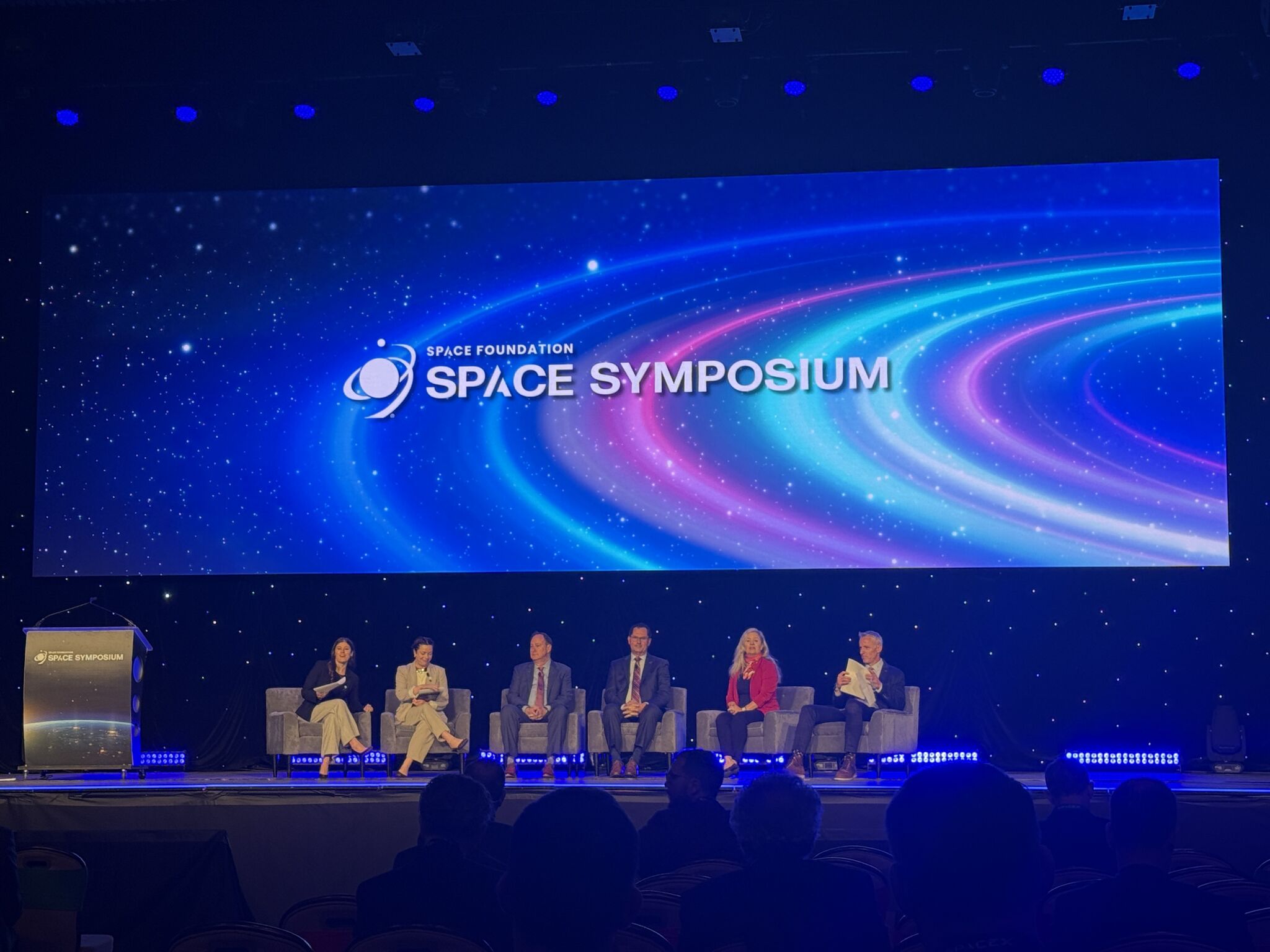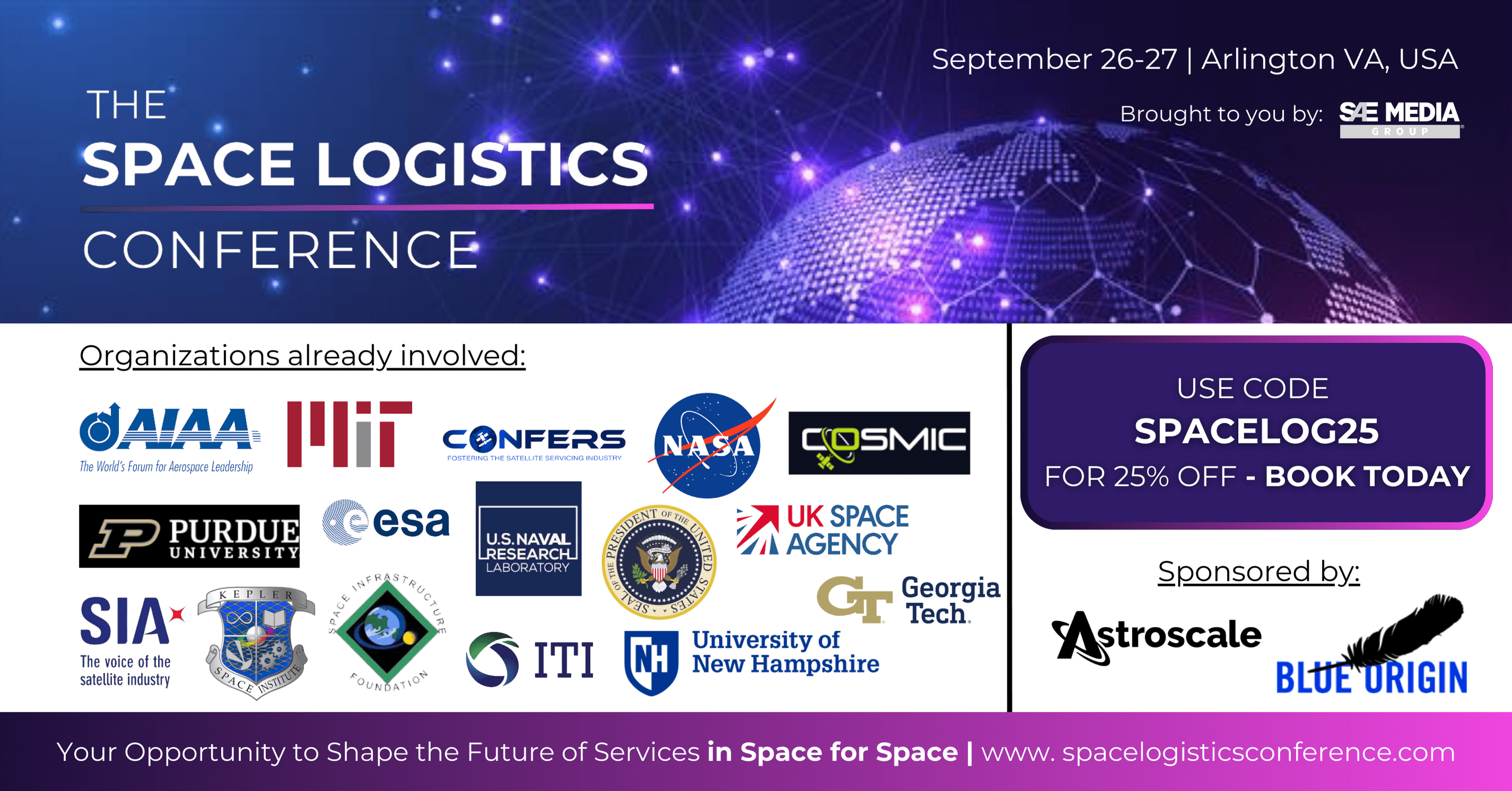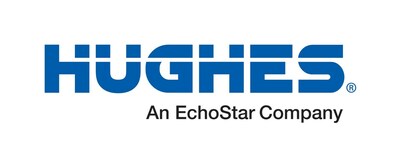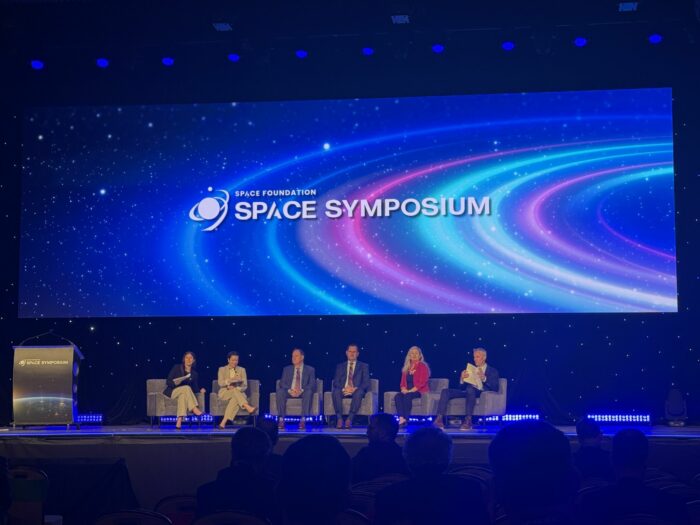Space Symposium, organized by Space Foundation, began in 1984 and has grown to host more than 10,000 participants from over 40 countries in its 40th iteration this year. Held at The Broadmoor in Colorado Springs, it brought together space agencies, commercial firms, military and intelligence organizations, and academic institutions to address industry challenges, explore new technologies, and strengthen cross-sector relationships. The Space Insider team was a proud media partner for this year’s event, where we had the opportunity to attend and engage with industry peers on the current and future space tech landscape across the global community.
One of the standout sessions, “View from the Top: Insights from Space Industry Leaders,” was moderated by Daniel Bierman and Rebecca Fenton (Space Generation Fusion Forum). Panelists included Chris Adams (Northrop Grumman), Robert Lightfoot (Lockheed Martin), Dr. Michelle Parker (Boeing Defense), and Ed Zoiss (L3Harris). The conversation centered on emerging tech, workforce trends, and public-private collaboration.
The executives expressed enthusiasm for AI and autonomy in missions that span multiple domains, viewing machine learning as a tool to manage evolving scale and complexity in space systems. They also highlighted advances in photonics, quantum research, and propulsion, which promise deeper space missions and more efficient sensing. Zoiss referenced a “Golden Dome Concept,” an updated take on Reagan-era strategic defence initiatives propelled by AI-assisted sensors and interceptors.
The discussion then shifted to production strategies. The panelists described a move from bespoke contracts to continuous production, with L3Harris alone investing $300 million in new facilities to meet demand for proliferated architectures. They acknowledged supply chain challenges, as smaller suppliers scale from delivering a few units per year to fulfilling orders for over 100.

Panelists described a shift from cost-plus to firm fixed-price contracts, a model that demands upfront clarity on risk and stronger change management. They praised the Space Development Agency (SDA) and other acquisition offices for their flexible and responsive approaches, emphasizing risk-awareness and collaborative customer relationships.
When asked about partnering with new entrants, the speakers underscored active alliances, venture funding, and mentorship. Established companies often subcontract to startups and invest in them through in-house venture funds. Boeing’s acquisition of Millennium pointed to a more vertically integrated path, while Lockheed’s $400 million fund supports external collaborations.
On talent recruitment, the panelists reported strong interest in mission-focused work. They see retention and growth as bigger hurdles than hiring, especially for younger engineers who advance quickly in a fast-moving market. Mentorship and leadership development remain top priorities.
During Q&A, Zoiss explained, “Quantum sensing is one of the areas we’re actively investing in and excited about.”The group agreed that quantum research, along with AI and photonics, could drive future space capabilities. They acknowledged that this pursuit will require partnering with startups, academia, and other innovators to stay at the forefront of emerging tech.
Share this article:










